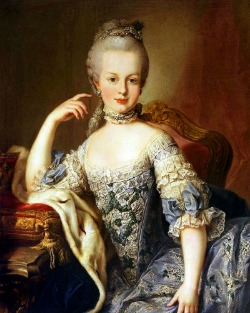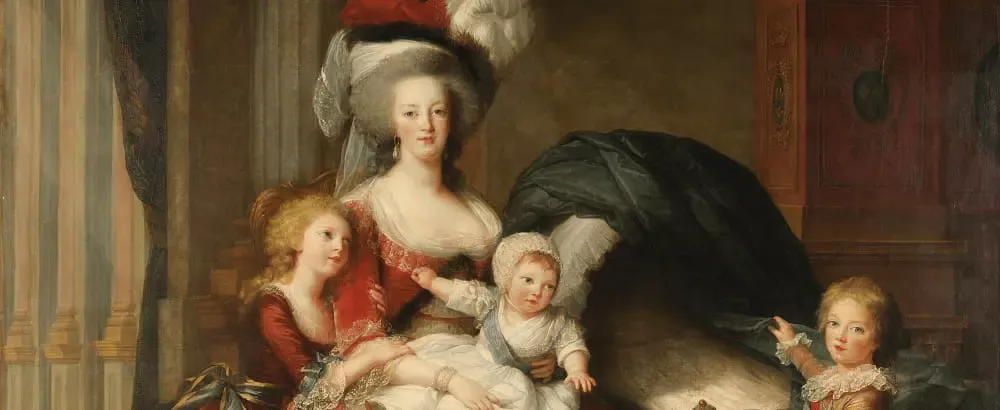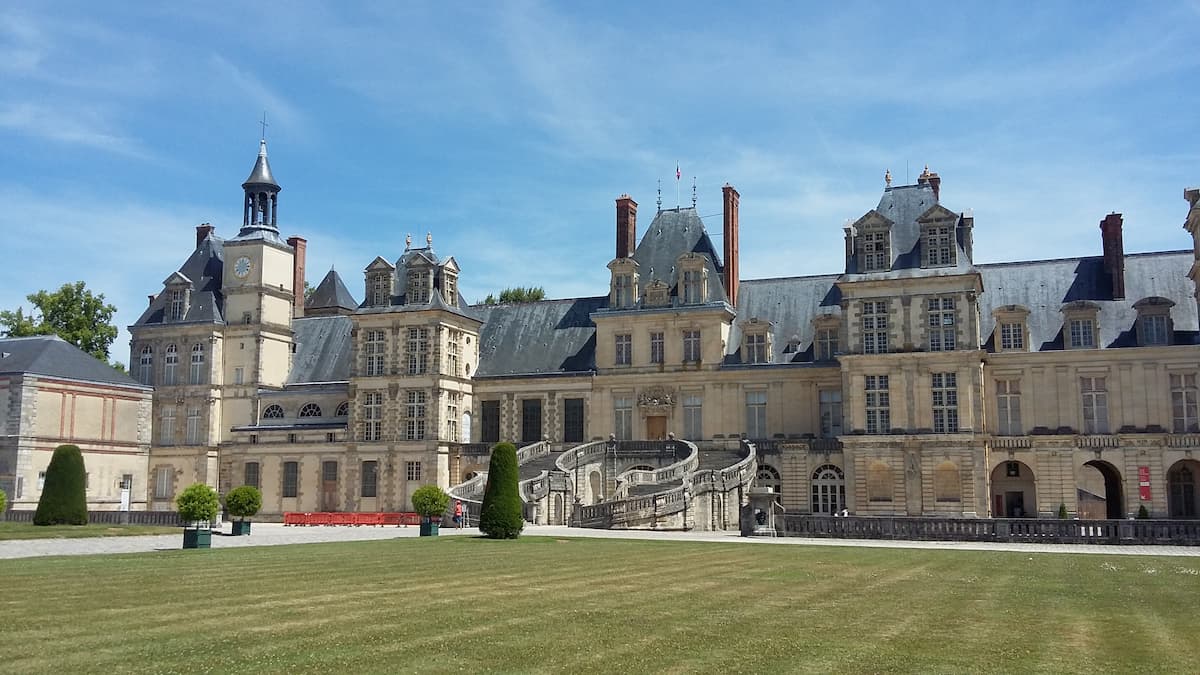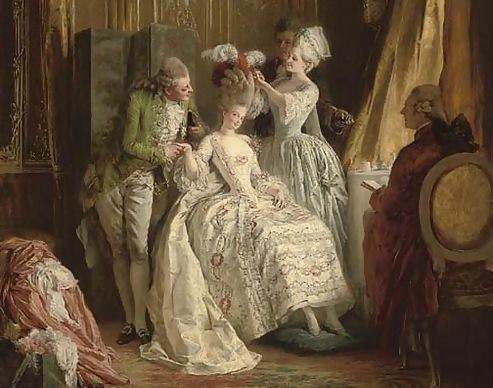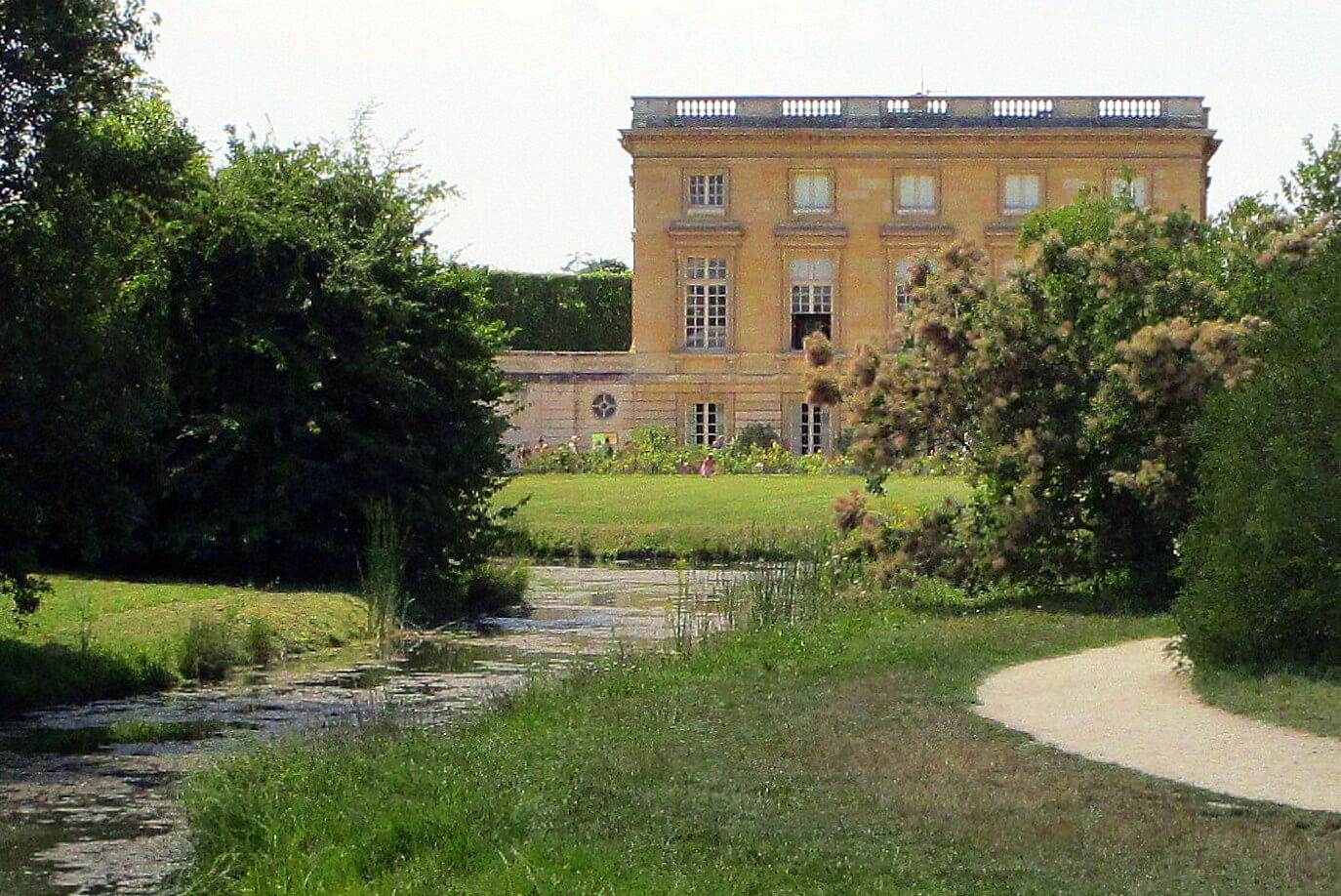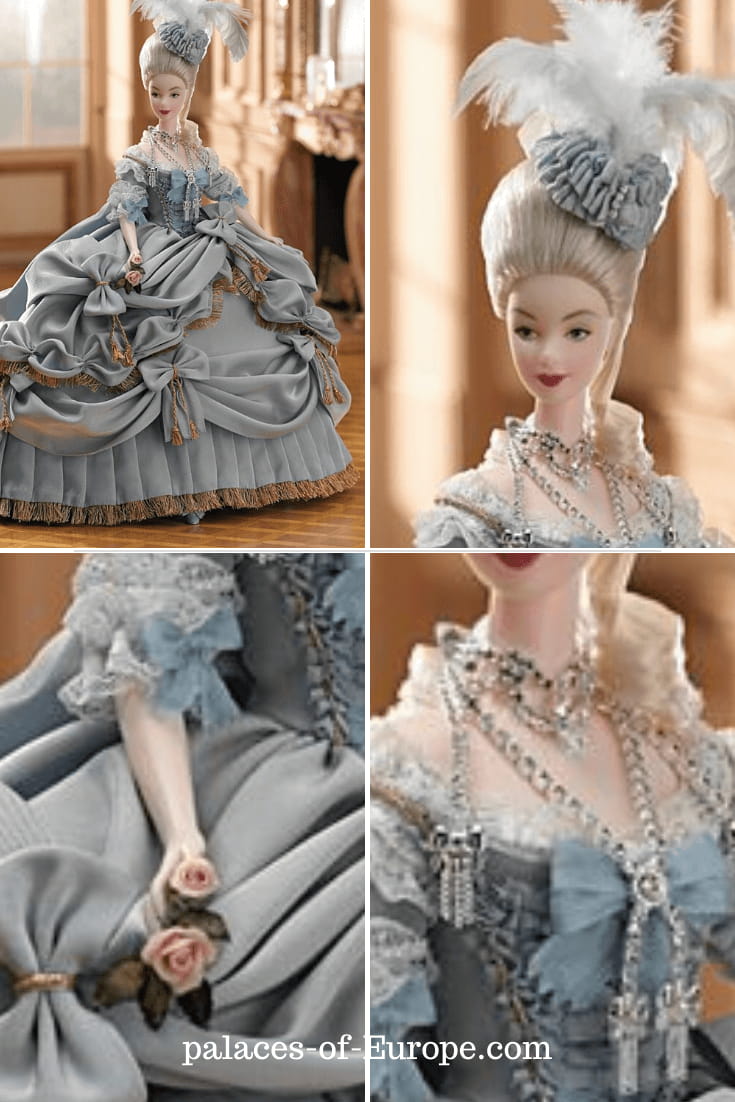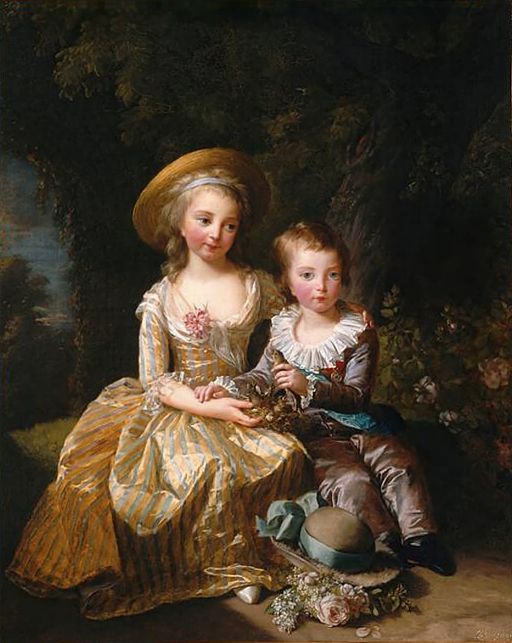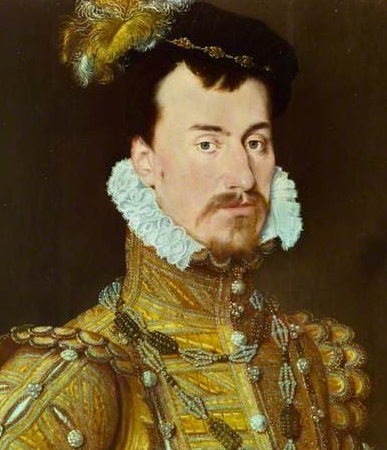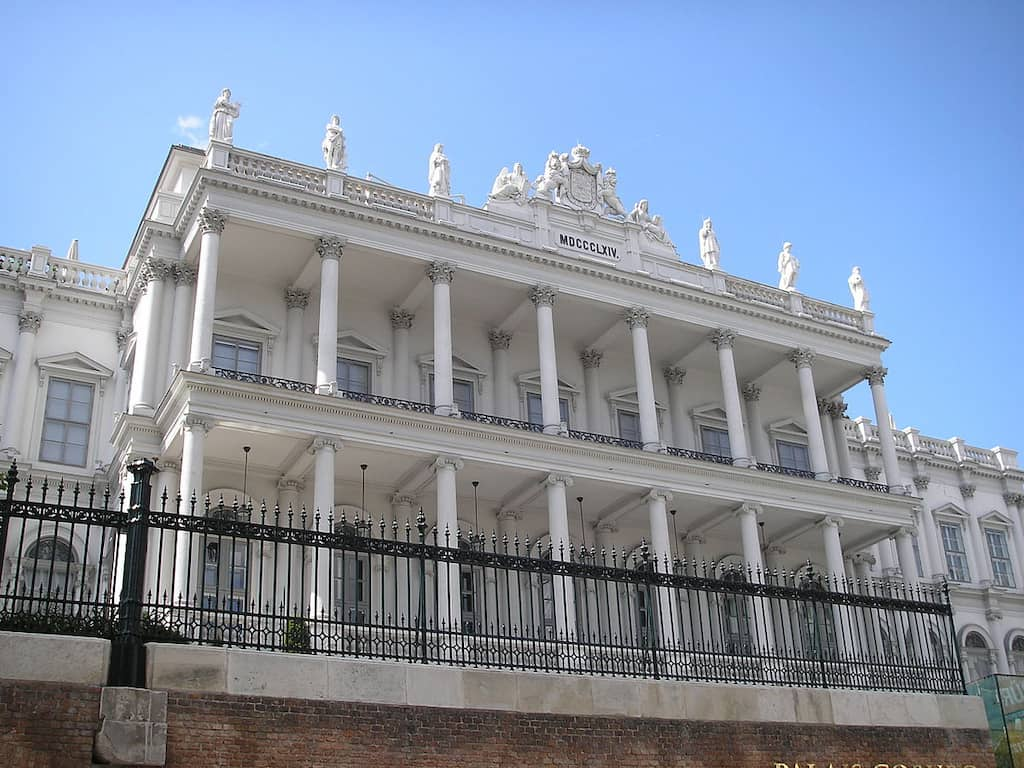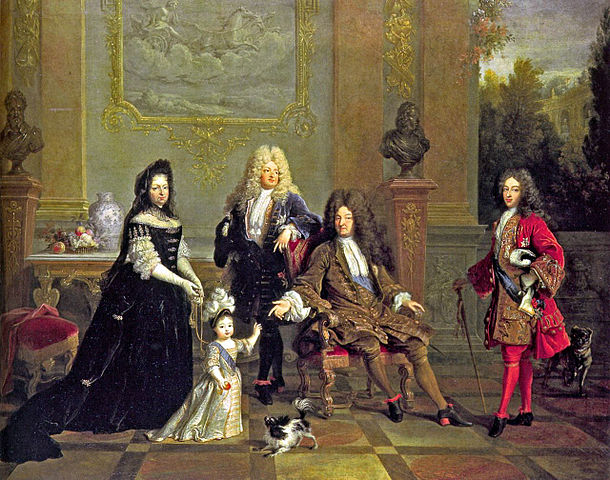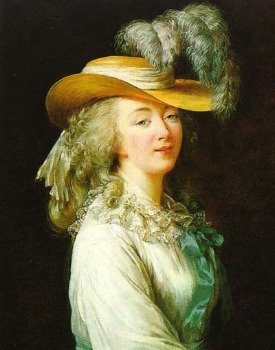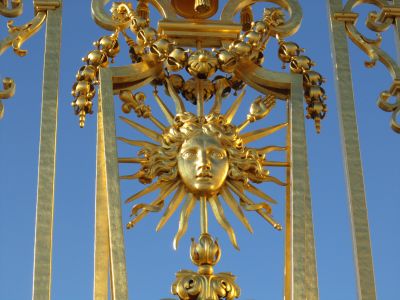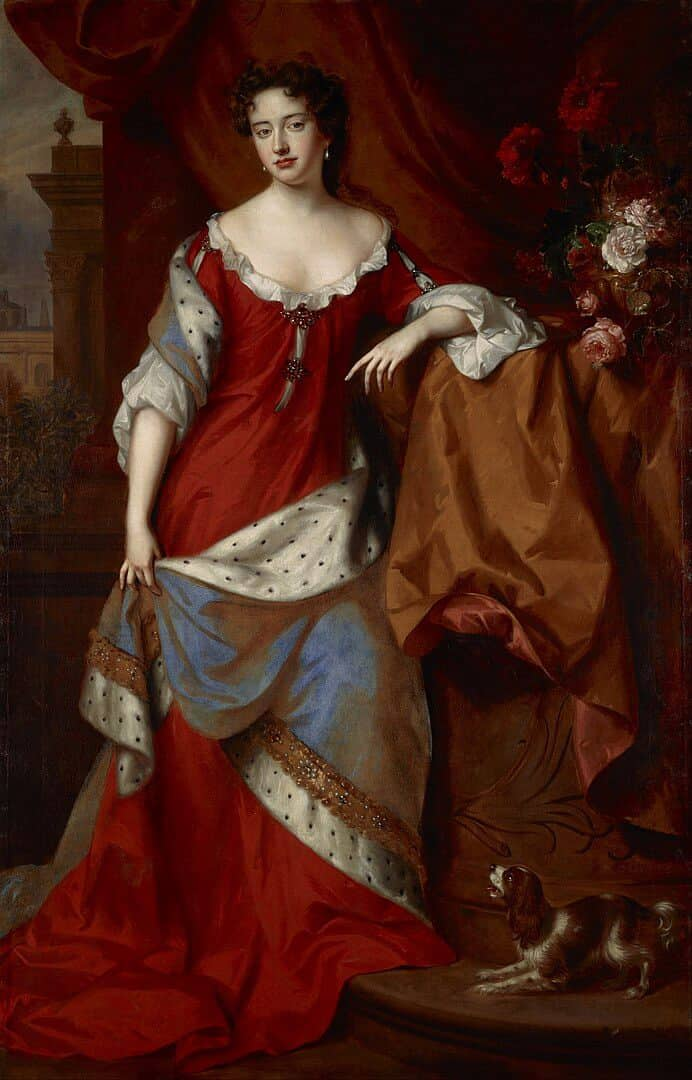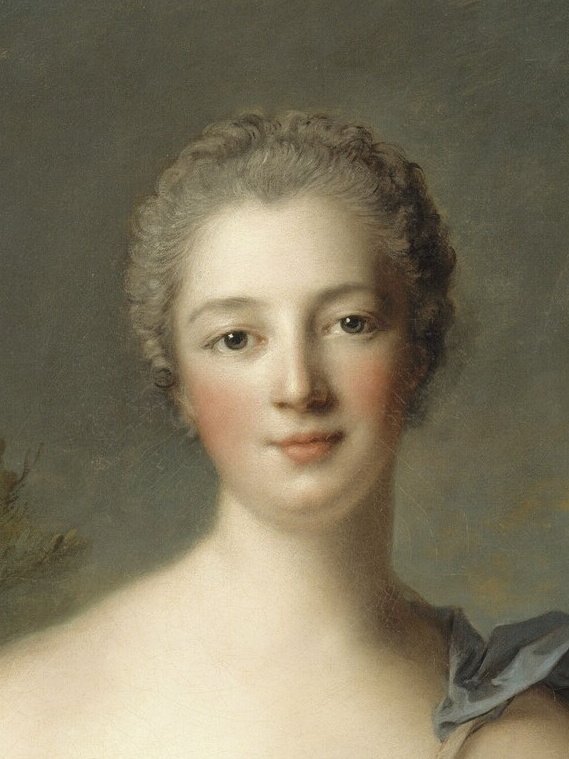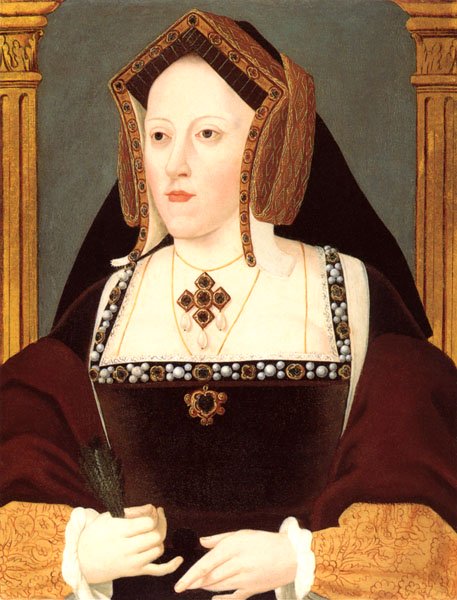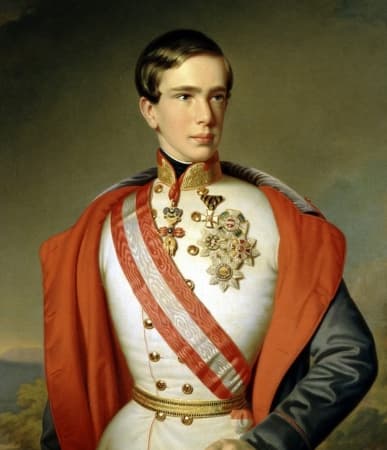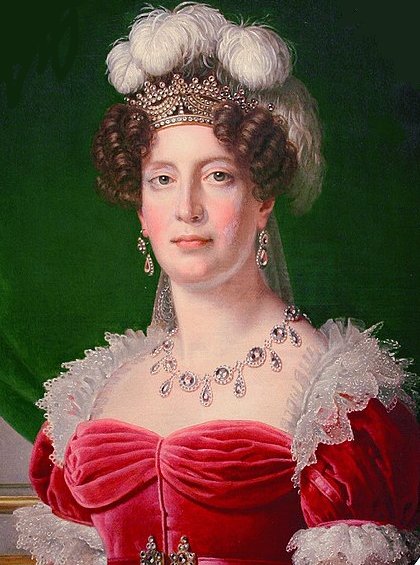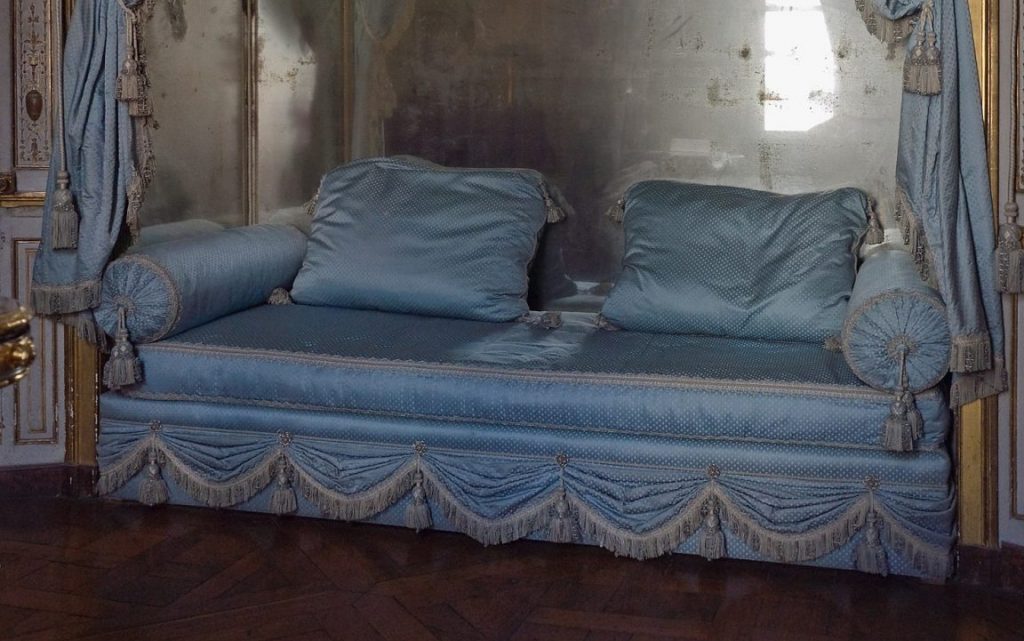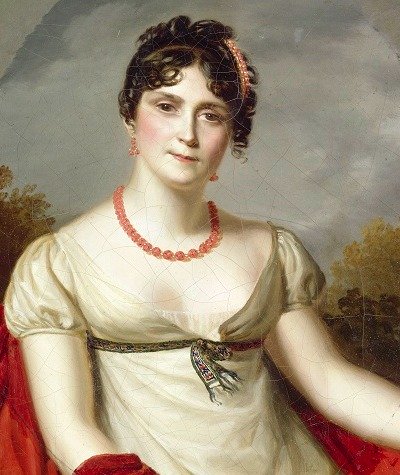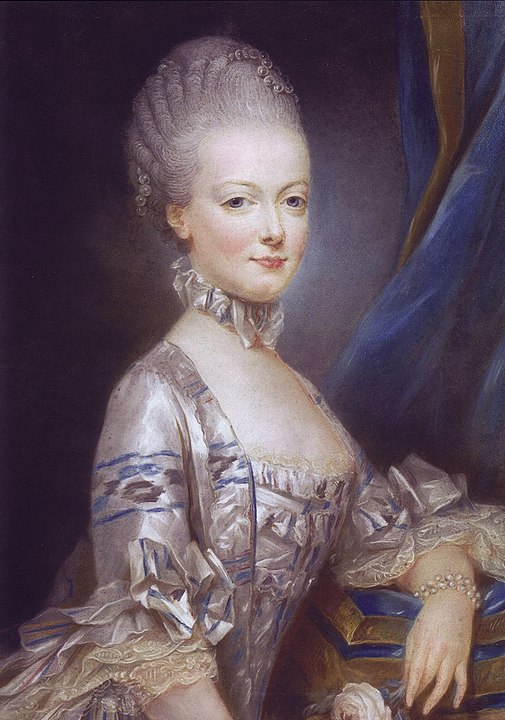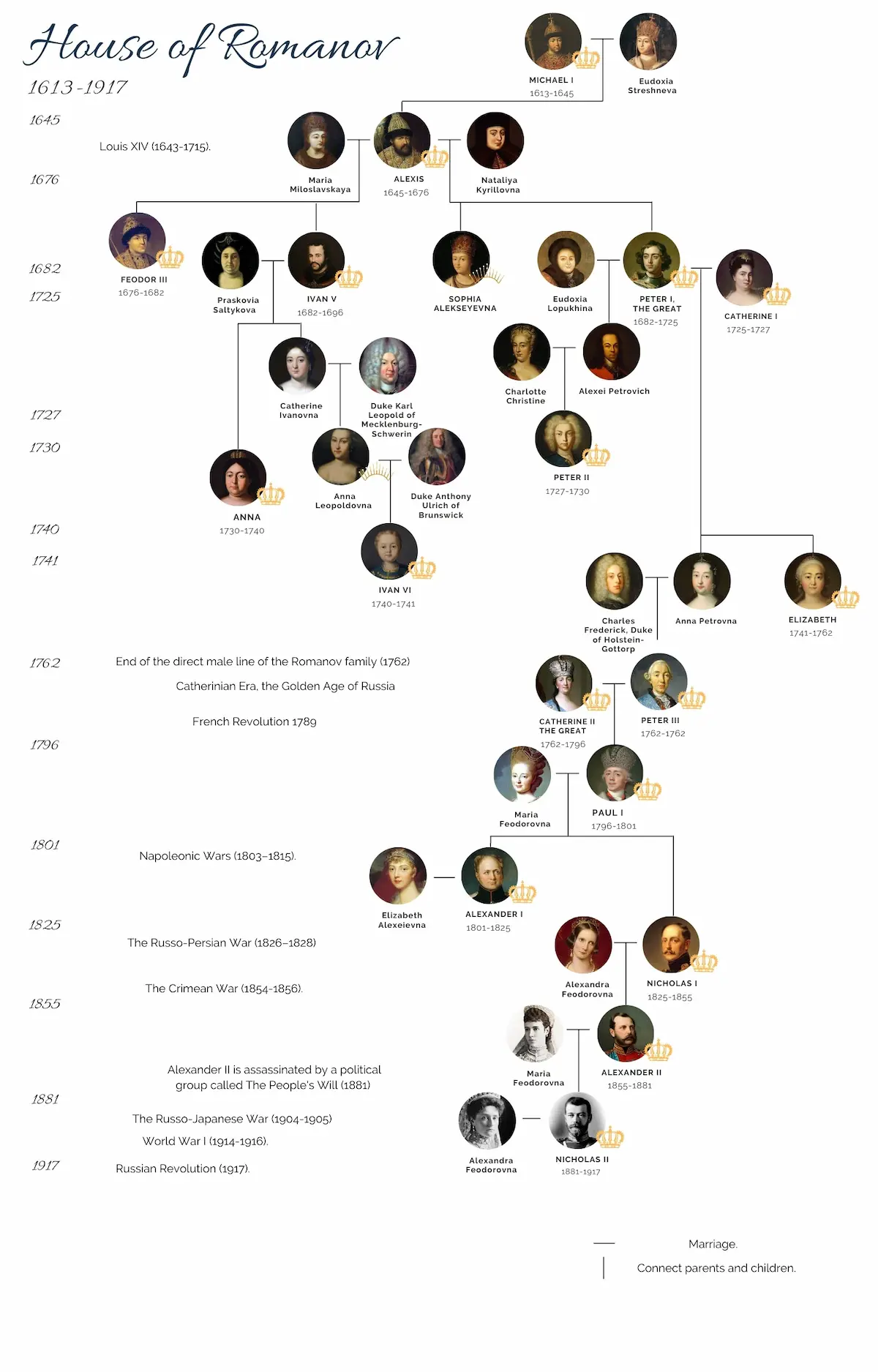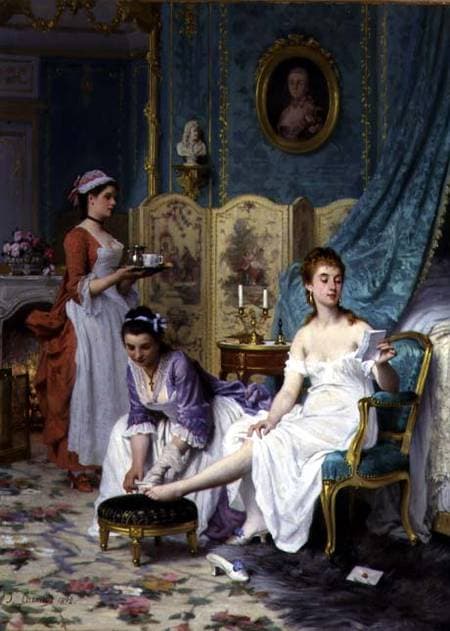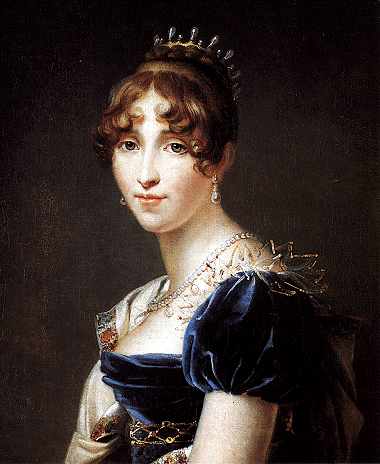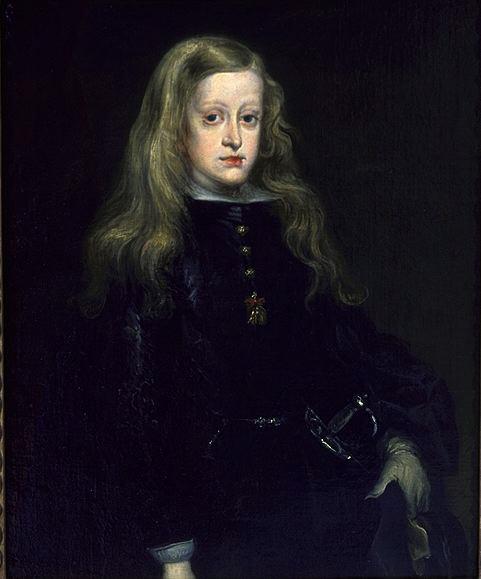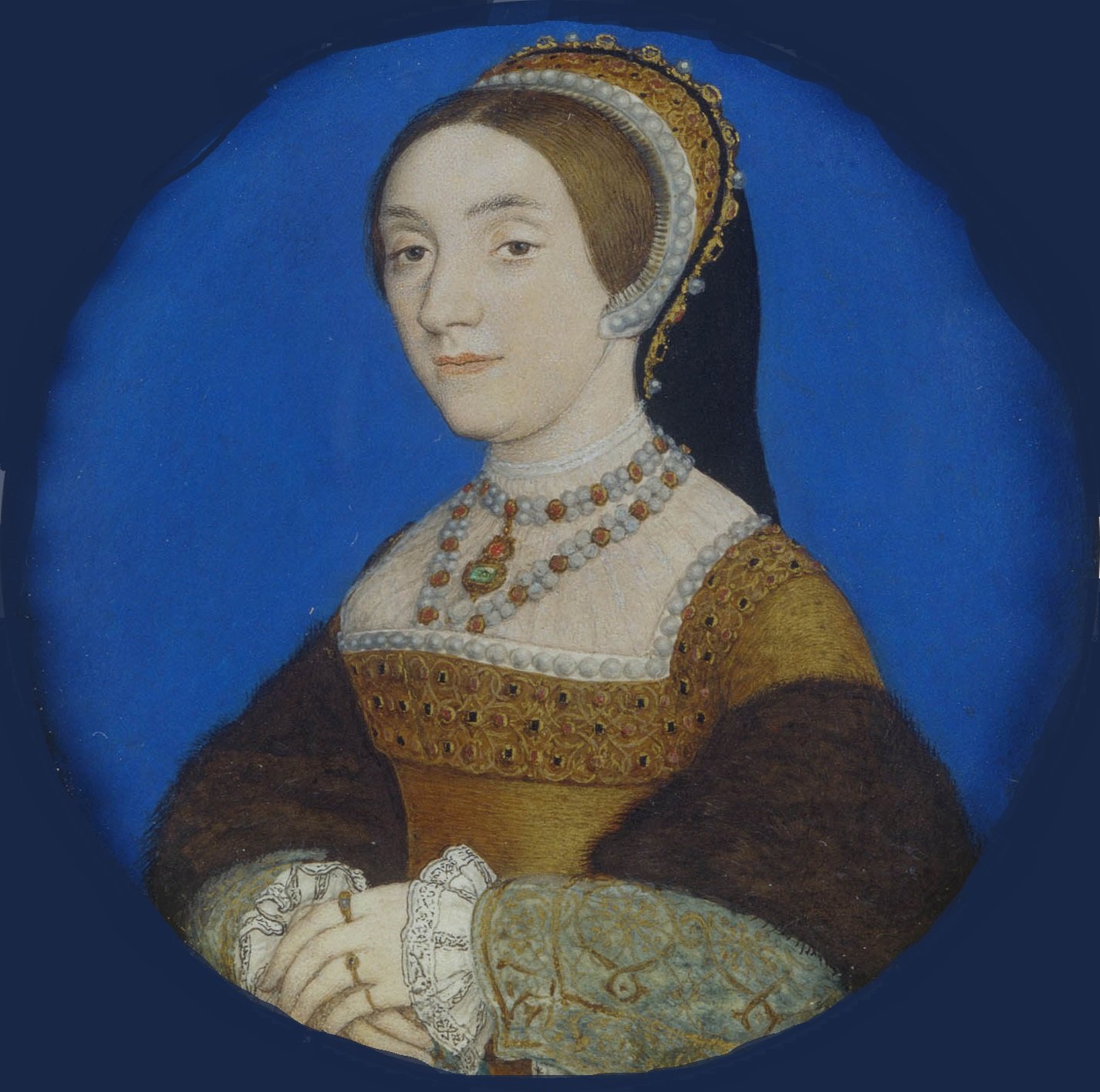Marie Antoinette
The queen of France who lost her head
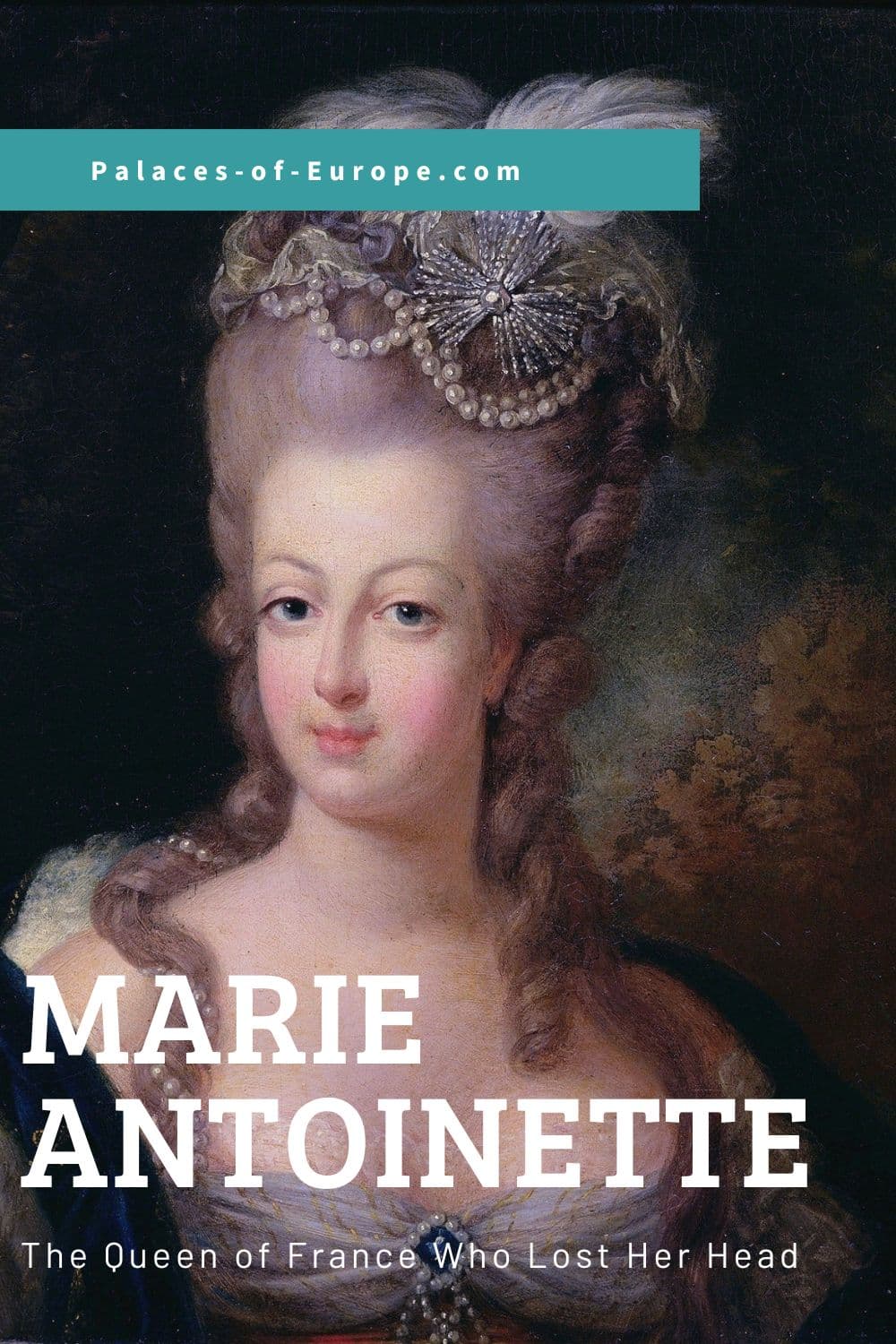
The later Queen of France Marie Antoinette was born as Archduchess Maria Antonia in Austria on November 2nd, 1755,
She was just 15 when she embarked on a 23-day journey to marry Louis XVI, the Dauphin of France It was April 21, 1770 when she left her family, her country and her name behind. She had never met her 16 year old fiancée, Louis Auguste, or any other members of the French court. She had to become Marie Antoinette, a French dauphine.
Fast forward to May 10, 1774, at age 18, Marie Antoinette became the Queen of France. You might think, "Cool, what an upgrade!" But France and fancy titles weren't all powdered wigs and croissants. This queen's life was rife with trials, tribulations, and a whole lotta scandal.
Why is Marie Antoinette famous? She was the Queen that ended under the guillotine during the French Revolution. But she was more than that.
Marie Antoinette's love for fashion, gambling, and lavish parties earned her both admirers and critics. Some saw her as a frivolous foreigner, others as a breath of fresh air.
When the French Revolution erupted, shattering the monarchy's opulent façade. Marie Antoinette became a symbol of the old regime. She had no political power and could not change the fate of the French people. Yet she was blamed for their misfortunes. Misinformation and envy led to her downfall. Navigating court intrigue, foreign alliances, and a nation on the brink, she ultimately faced a sham trial and execution in 1793.
Marie Antoinette's story is a spectacular, remarkable and a tragedy that continues to both intrigue and educate us today.
DISCLOSURE: I get commissions for purchases made through some of the links in this article.
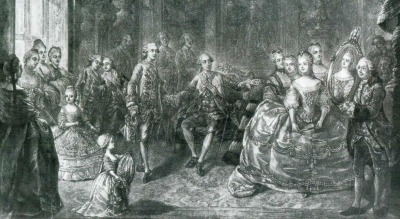
Curiosity filled the air at the court of Versailles as King Louis XV and his grandson, the Dauphin, awaited the arrival of their future queen.
This painting depicts the presentation of Maria Antonia's portrait at the court of Versailles.
King Louis XV is the one seated, and the Dauphin is standing to his to his left.
Below is the portrait that they are looking at. They see a beautifull young women.
Beauty mattered little though; the marriage served a higher purpose: improve the relations between France and Austria. The Seven Years' War had recently ended, leaving both France and Austria exhausted and in need of a strong alliance that could offer some stability and deflect attention from internal problems.
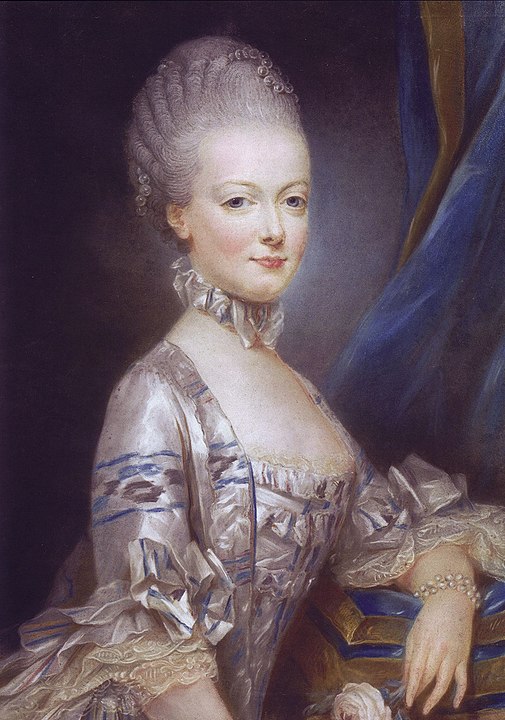 Archduchess Maria Antonia at the age of 14 by Joseph Ducreux, 1769
Archduchess Maria Antonia at the age of 14 by Joseph Ducreux, 1769The Early Life of Marie Antoinette
My favourite book about Marie Antoinette
A day with Marie Antoinette by Hélène Delalex
Maria Antonia Josepha Johanna was born on 2 November 1755 as the youngest daughter of Emperor Francis I and Empress Maria Theresa.
She was one of 16 children who grew up at the Hofburg Palace in Vienna.
She had a carefree childhood with her siblings, with whom she was very close, especially her sister Maria Carolina, who was around the same age.
Their mother, the Empress, loved her children and treated them with affection, making it a habit to write them once a week after they left the Hofburg.
Yet, behind the affection lurked a political motive. The Empress, ever the strategist, saw her children as pawns in a game to forge alliances across Europe, often disregarding their personal desires.
Unlike her older sister, Maria Christina, who was granted the freedom to choose her husband, the other children were sent off to marry someone they had never met.
Marie Antoinette was no exception. At 15, she was married to Louis XVI, Dauphin of France, in a lavish ceremony at the Palace of Versailles. This opulent farewell marked the end of her carefree days and the beginning of a life forever separated from her mother and homeland.
Marie Antoinette's childhood was both idyllic and bittersweet. She was surrounded by love and affection, but she also knew that her life was not her own. Marie Antoinette, though pampered and cherished, was not truly free. From a young age, she understood that her life was not her own. She was, in essence, a pawn in her mother, Empress Maria Theresa's, grand political chessboard. Her future, her marriage, even her very purpose were predetermined, leaving little room for personal choice.
It's striking to think that despite being groomed to be a queen, she had a remarkably inadequate upbringing. She lacked the knowledge and skills necessary to co-rule a country.
Her formal education focused on etiquette, languages (French, German, and some Italian), and basic religious instruction. She received lessons in music and dance, skills considered important for a future queen. A broader education might have equipped her with a better understanding of French politics and social issues, potentially influencing her behavior and public image.
Hard to say if this would have changed the outcome though, as she faced criticism mainly for her perceived extravagance, aloofness, and foreign origins, not her lack of academic knowledge.
Despite the challenges she faced, Marie Antoinette remained a cheerful and optimistic person. She possessed an infectious optimism and a zest for life. Her passion for fashion, music, and theater added a touch of vibrancy and Austrian exuberance to the staid French court. This youthful spirit, however, would soon face the harsh realities of her predetermined fate.
From Austrian Archduchess to French Queen
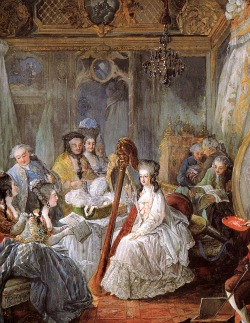 Marie Antoinette playing harp at one of her soirees at Versailles Palace.
Marie Antoinette playing harp at one of her soirees at Versailles Palace.When Marie Antoinette married Louis XVI, Dauphin of France, in 1770, the consumption of the marriage was in the interest of all members of court. Securing an heir for the French throne was the first and most important task of the young couple. This became even more crucial after Louis XV died of smallpox in 1774 and Louis XVI was crowned King.
However, seven agonizing years passed before Marie Antoinette finally conceived. This prolonged wait fueled a storm of vicious rumors. Whispers painted Louis XVI as impotent and Marie Antoinette as seeking solace elsewhere, with both men and women. Even the birth of their first child, Marie-Thérèse, in 1778, couldn't silence these malicious speculations, which would haunt her throughout her life.
One particularly persistent rumor claimed a passionate affair between Marie Antoinette and Count Axel von Fersen, a handsome and charismatic Swedish nobleman.
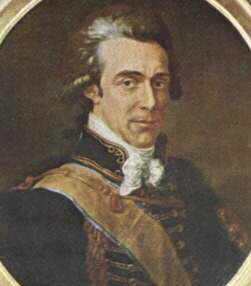 Count Axel von Fersen, one of Marie Antoinette's favourite guests, and probably her lover.
Count Axel von Fersen, one of Marie Antoinette's favourite guests, and probably her lover.Axel first met Marie Aintonette in 1774 and became a constant presence in Marie Antoinette's life. Whether their bond was purely platonic remains a tantalizing mystery, but their close connection was undeniable.
Remarkably, Fersen also enjoyed the King's favor, even initiating the ill-fated escape attempt during the revolution.
For Marie Antoinette pressure mounted during this first years in Versailles. Marie Antoinette's mother, Empress Maria Theresa, bombarded her daughter with weekly letters demanding an heir. The possibility of annulment of the marriage loomed, and the bound between the two coutries was at risk.
Marie Antoinette passed the time by shopping, partying, and gambling, while Louis XVI found solace in daily hunting expeditions.
Marie Antoinette received the Petit Trianon as a gift from her husband, King Louis XVI, in 1774. It was originally intended to be a private retreat for the queen, away from the formalities of the Versailles court. She had extensive renovations done to personalize the space and created Marie Antoinette's Estate, a haven for her and her close friends. Here she could hide from the curious eyes of the courtiers in the palace. But because she retreated, it also caused the wildest rumors about what was going on in her domain.
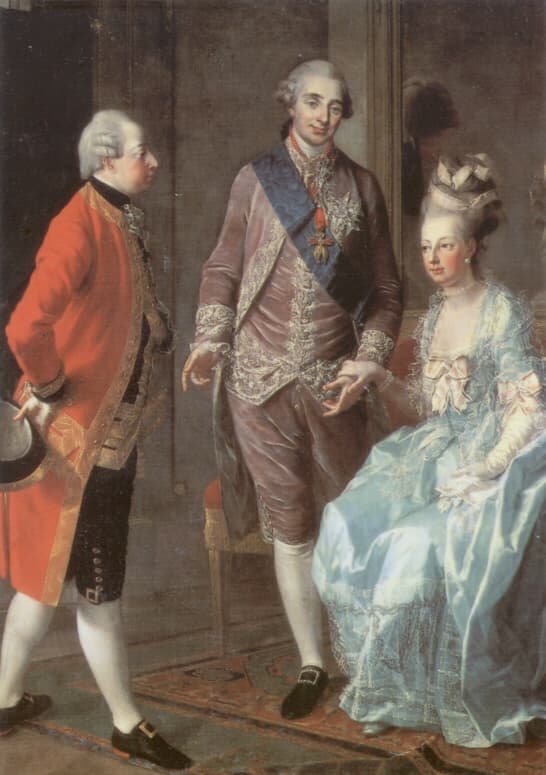 Archduke Maximilian Franz of Austria is visiting Marie Antoinette King Louis XVI, 1776
Archduke Maximilian Franz of Austria is visiting Marie Antoinette King Louis XVI, 1776Only after a long visit of Marie Antoinette's brother, Emperor Joseph II, the problems in the marital bed were solved and the first pregnancy was a fact in 1778.
theories exist about the fact that louis and marie antoinette did not consumate their marriage. Louis was impotent and maybe had phimosis (a condition in which the foreskin is too tight to be retracted). Or Marie Antoinette was frigid and had a strong aversion to Louis XVI's body odor. Psychological factors may have been at play. Louis XVI may have been intimidated by Marie Antoinette's beauty and social status. Marie Antoinette, on the other hand, may have been afraid of losing her virginity or of getting pregnant.
Maybe the reasons were quit simple Louis XVI was simply not interested in sex, or that he was too busy with his royal duties and other occupantions. It is also possible that Marie Antoinette was not ready to have sex, or that she was just waiting for the right time.
We don't know what Joseph told his sister and brother-in-law. Did he offer a frank "birds and bees" talk, as depicted in the 2022 series? Did he persuade Louis to undergo surgery? Whatever his intervention, it seemed to work. Soon after, the long-awaited pregnancy was announced!
Finally, mother of france!
The first child of Louis and Marie Antoinette was a daughter, Marie Thérèse, born on 20 December 1778.
Sad to say the Empress Maria Theresia of Austria died in 1780, so she was not able to witness this final triumph of her daughter.
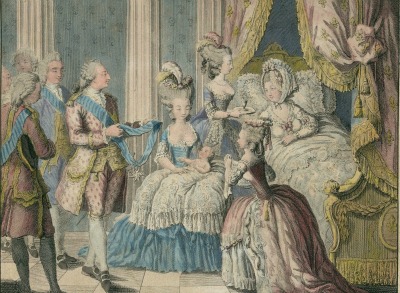 Birth of Louis Xavier Francois, Dauphin of France
Birth of Louis Xavier Francois, Dauphin of FranceAs was custom at those days the birth took place in a room full of courtiers. It was important to have as many witnesses to the birth as possible so no one could claim the new-born baby was sneaked in the room somehow.
But the pressure didn't end there. France craved a male heir, as in France only sons can inherit the throne.
After a miscarriage in 1779 the long-awaited son Louis Joseph Xavier François, the Dauphin of France, was born on October 22nd 1779.
Marie Antoinette had 2 More children after that; Louis Charles, born on 27 March 1785 and Sophie Beatrix on 9 July 1786.
Marie Antoinette and Louis XVI would become parents to four children in total. They all faced tragedy.
The first dauphin, Louis Joseph Xavier, succumbed to illness at the tender age of seven. His baby sister Marie Sophie only lived for eleven months. The story of Marie Antoinette's surviving children is heartbreaking. Read their story here here.
The French revolution
The loss of their daughter, and eldest son, heir apparent to the throne, would have dealt a devastating blow. In normal circumstances, grief would have consumed them, but the situation at the French court was far from normal. With the revolution escalating, their personal tragedy intertwined with the crumbling foundations of their entire world.
Due to the rising costs of financing the war in America and the unfair tax rules of France ( where church and nobility did not pay any taxes) the financial situation of France was deteriorating. The people were poor and the unpopularity of the king and queen was growing, leading to the storming of the Bastille and the start of the French Revolution on 14 July 1789.
In Versailles court life continued as if nothing had changed, although more and more courtiers made their escape abroad whenever they had the change. (A beautiful book and movie about this strange and frightening period from the viewpoint of a court servant is Farewell, My Queen by Chantal Thomas). Marie Antoinette was told to flee, but she did not want to leave her husband alone.
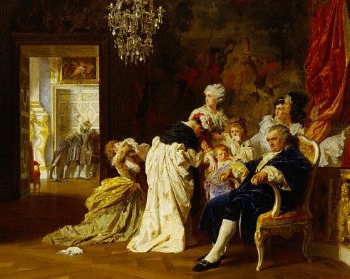 Louis XVI, Marie Antoinette and their Children listening to the angry mob outside Versailles Palace, October 6, 1789. Painted by Gyula Benczur
Louis XVI, Marie Antoinette and their Children listening to the angry mob outside Versailles Palace, October 6, 1789. Painted by Gyula BenczurDuring her years at Versailles the popularity of the Austrian Princess declined rapidly. On 5 October 1789 and angry mob of mostly women from Paris marched to Versailles Palace and tried to invade the royal appartments. Their goal was to kill Marie Antoinette. They did not succeed, but when things calmed down the did force the royal family to quit court life at Versailles and come to Paris.
They were moved to the Tuilerien Palace where they would live under constant supervision until 13 August 1792.
During their stay at the Tuilerien the power of the monarchy declined.
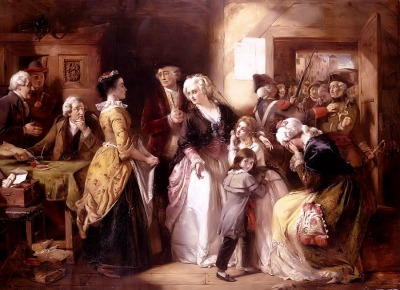 Arrest of Louis XVI and his family in Varennes, 1791
Arrest of Louis XVI and his family in Varennes, 1791On 21 June 1791 the royal family attempted to escape Paris. In the middle of the night they, one by one, sneaked out of their apartement and met at a carriage that was governed by Count Fersen.
The party consisted of the King and Queen, their two children, the dauphin's governess and the sister of the King Madame Élisabeth.
They made it out of Paris, but due to various errors in the plan they were captured in the town of Vareness. They were taken back to Paris and locked into the Tuilerien again. Any credibility the King had until this atempt to escape would increase quickly.
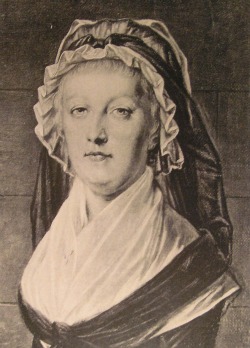 Marie Antoinette imprisoned at the Temple
Marie Antoinette imprisoned at the TempleOn 10 August the Tuilerien Palace was stormed by the enemies of the monarchy, and the Swiss guard was slaughtered. The royal family had fled to the Assembly.
After this they were imprisoned in the Temple tower, were they would stay until their execution. Louis XVI was found guilty of treason and he was beheaded by the guillotine on 21 January 1793.
On 3 July the little Dauphin was separated from the women in the tower, Marie Antoinette was not allowed to see him again.
The Widow Capet as she was called after the dead of her husband was taken to the Conciergerie as Prisoner No. 280 on 1 August. She would spend the last six weeks of her life there. She had to leave her children behind. Here you can read what became of them.
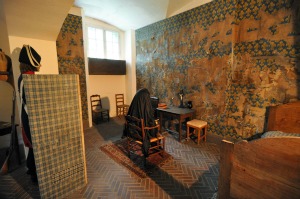 Replica of Marie Antoinette's Cell at Conciergerie
Replica of Marie Antoinette's Cell at ConciergerieHer trial was even more a scam than the one her husband had, and she also was found guilty of numerous crimes as sending money to Austria, organising orgies in Versailles, plotting a foreign invasion and declaring her son the new King of France (while the monarchy was abolished).
The worst of all accusations (especially for herself and her daughter and Sister in Law who were alive to witness these lies) were of incest with her son.
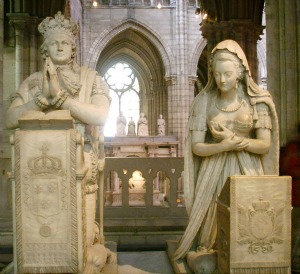 Funerary monument of Marie Antoinette and Louis XVI at the basilica of Saint-Denis
Funerary monument of Marie Antoinette and Louis XVI at the basilica of Saint-DenisOn 16 October 1793 Marie Antoinette was beheaded at the place the la Revolution ( nowadays the Place the la Concorde). She was 37 years old.
She was buried in an unnamed grave where they had also put the body and head of Louis XVI. After the restoration King Louis XVII exhumed the bodies and they found their final resting place in the traditional necropolis of French royalty at the Basilica of St Denis.
You can find a funerary monument there dedicated to the royal couple which is slightly romanticized and does not really do justice to the truth if you compare it with other images of the couple. You can find the Basilica in Saint Denis, a suburb of Paris. It is a great place to visit. Not many tourists take the effort to go there, There are no queues and crowds with selfy sticks. Instead you are in a serene place, surrounded by the kings and queens of France.
Marie Antoinette's life and legacy remain a subject of fascination and debate. This page has provided a glimpse into her story. Explore further! Dive deeper into the life and times of Marie Antoinette wit these books and films regarding Marie Antoinette:
As an Amazon Associate I earn from qualifying purchases
I love these films on Marie Antoinette, especialle the one with Kirsten Dust. It is based on Antonia Fraser's biography, but the contemporary sountrack and the quick and beautifull scenes make it far easier to digest!
Also a great book and movie is "Farewell, My Queen" where you can view court life through the eyes of the servant Sidonie Laborde, who is reader to the Queen. Gives another perspective on things!
New series on Prime: Marie Antoinette

